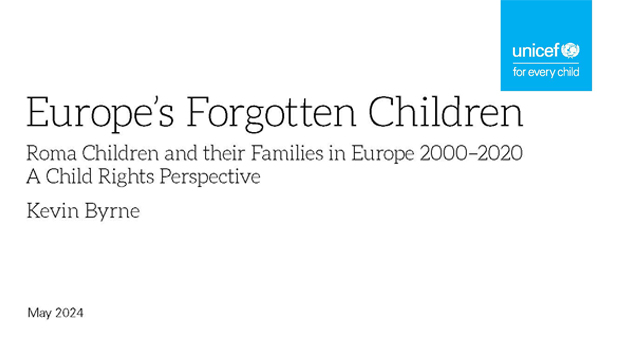A Report on the Consultation with Children and Young People as Part of the Development of a Traveller and Roma Education Strategy
This report details the findings from consultations with children and young people nominated by Traveller and Roma organisations as part of the development of a Traveller and Roma Education Strategy by the Department of Education.









